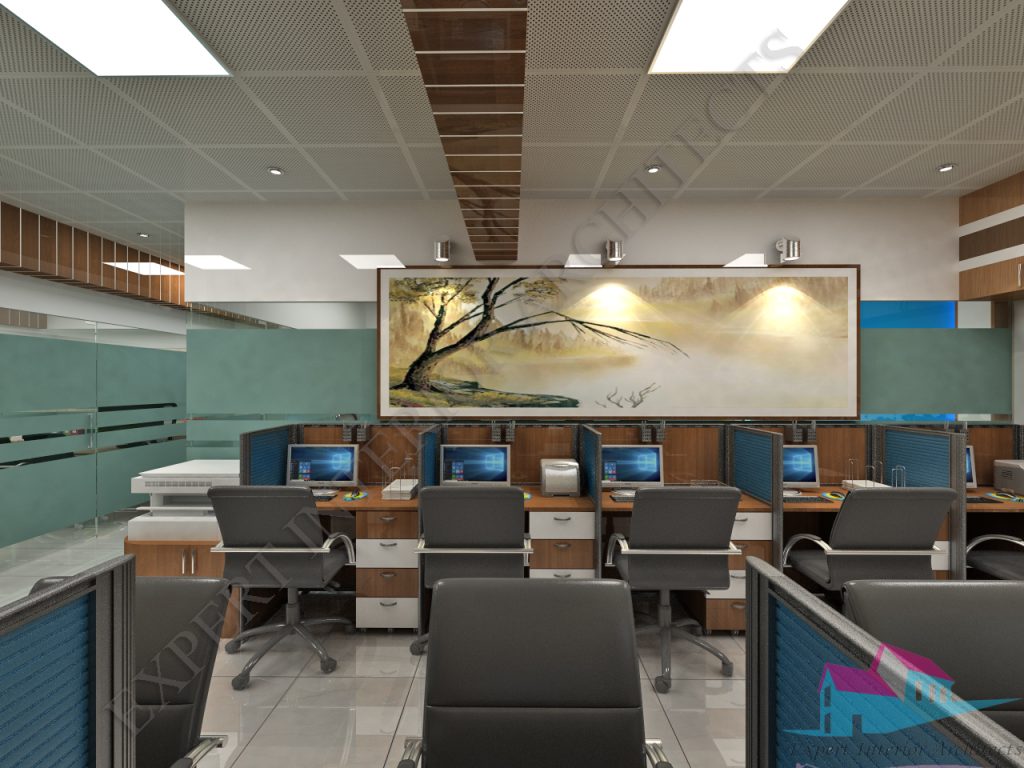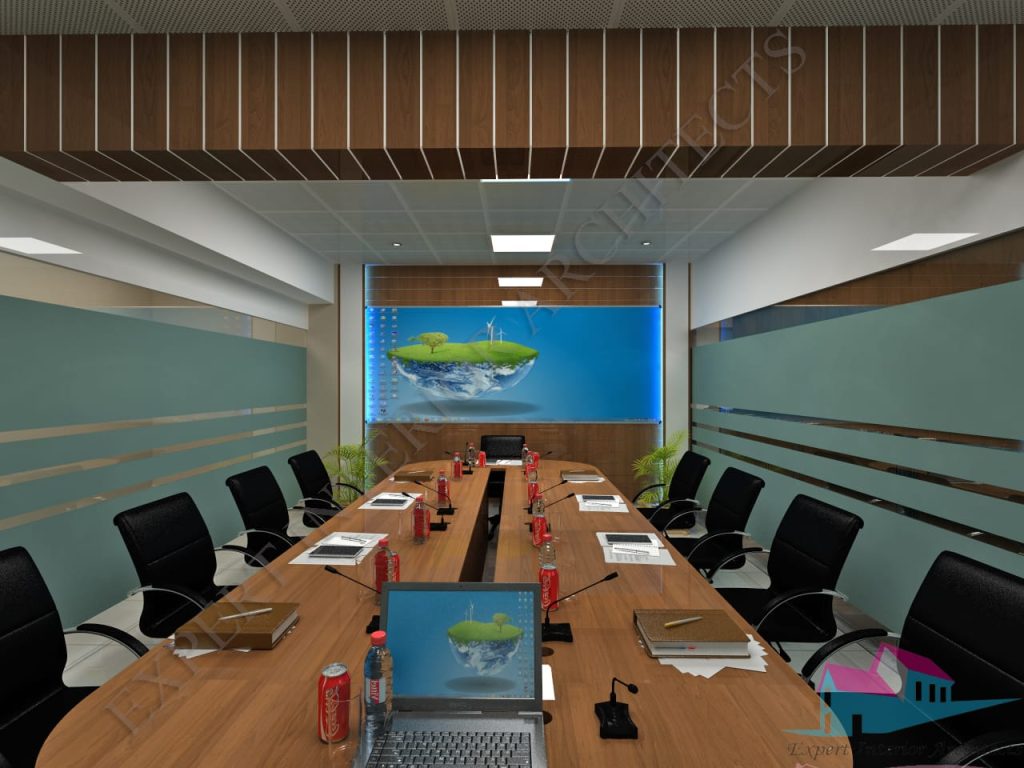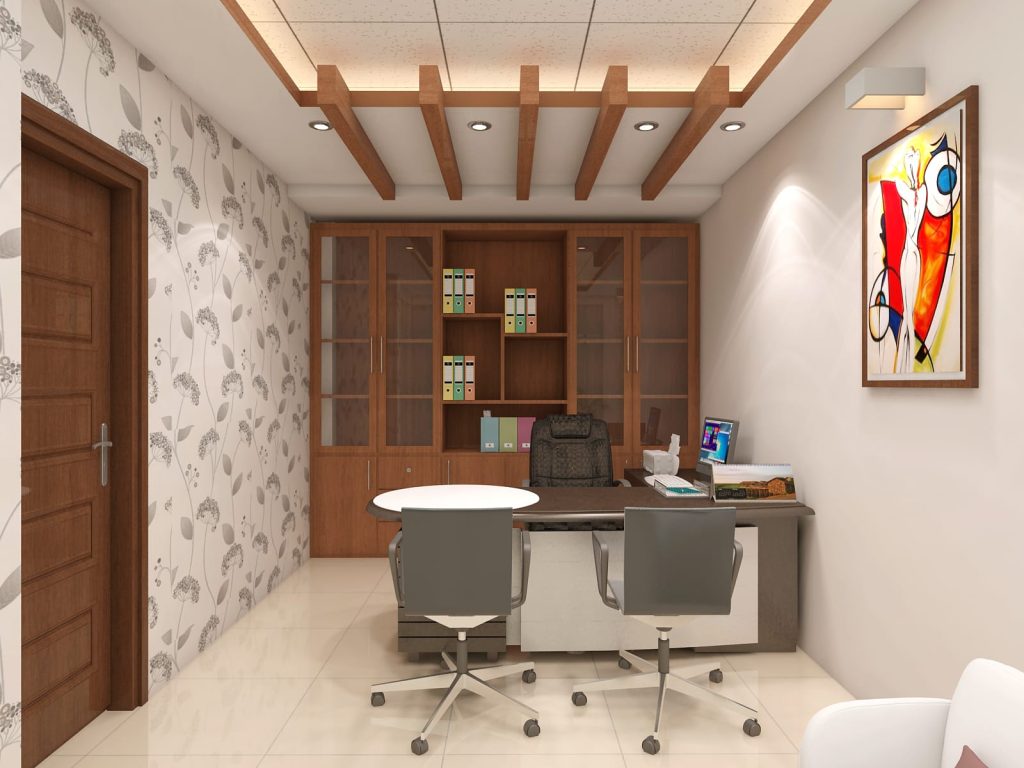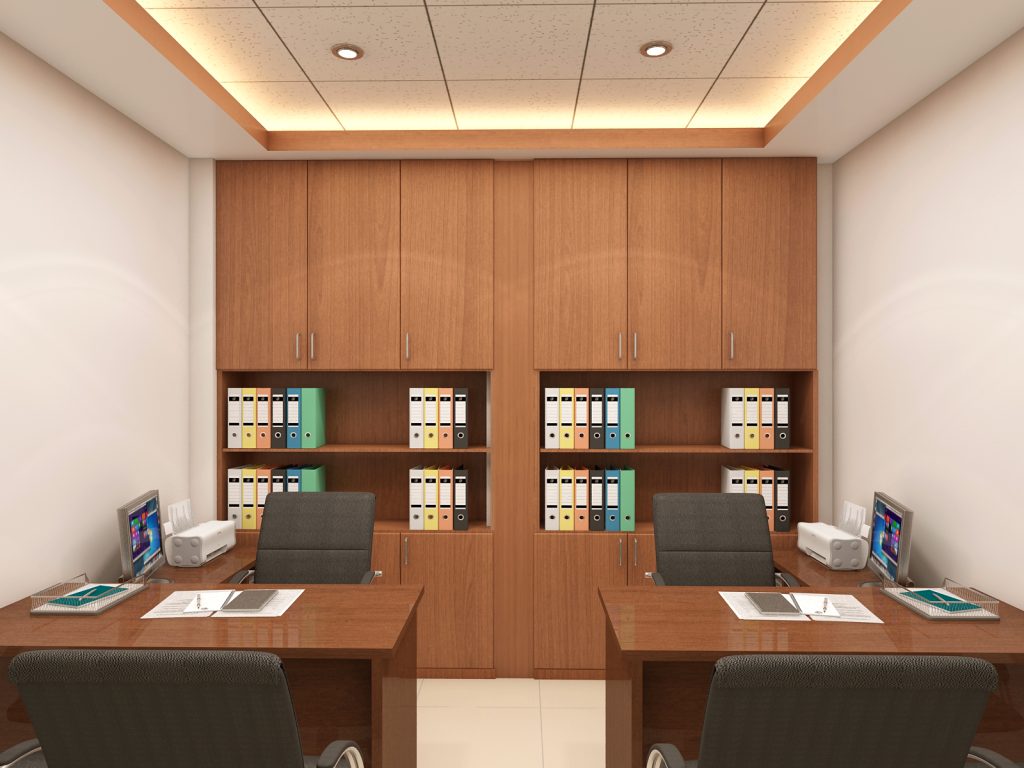An office layout for productivity is crucial as it significantly impacts employees’ efficiency and overall performance. The layout should be designed in a way that promotes collaboration, reduces distractions, and enhances communication among team members.
A well-designed office layout can contribute to improved workflow, creativity, and employee satisfaction. With careful consideration of factors like ergonomics, noise reduction, and flexibility, companies can create an environment that fosters productivity and enhances the overall working experience. Providing designated areas for focused work, collaboration, and relaxation can empower employees to perform at their best, resulting in increased productivity and success for the organization.
Understanding The Importance Of Office Layout
Office layout plays a crucial role in enhancing employee productivity. A well-designed workspace can promote collaboration, creativity, and employee engagement, resulting in increased efficiency and job satisfaction.
An office layout that encourages interaction and communication among employees can foster teamwork and idea-sharing. Open plan spaces with designated collaboration areas create opportunities for spontaneous discussions and brainstorming sessions. Such environments encourage employees to seek feedback and get involved in projects across departments, leading to a more integrated and efficient workflow.
Furthermore, a thoughtfully designed office layout can also impact employee well-being. Incorporating natural elements such as plants and natural light can improve mood and overall job satisfaction. Providing comfortable and ergonomic furniture promotes good posture and reduces the risk of workplace injuries, enhancing employee comfort and focus.
In conclusion, office layout has a significant influence on employee productivity and well-being. By creating a workspace that fosters collaboration, creativity, and employee satisfaction, organizations can optimize their productivity levels and ultimately achieve their business goals.
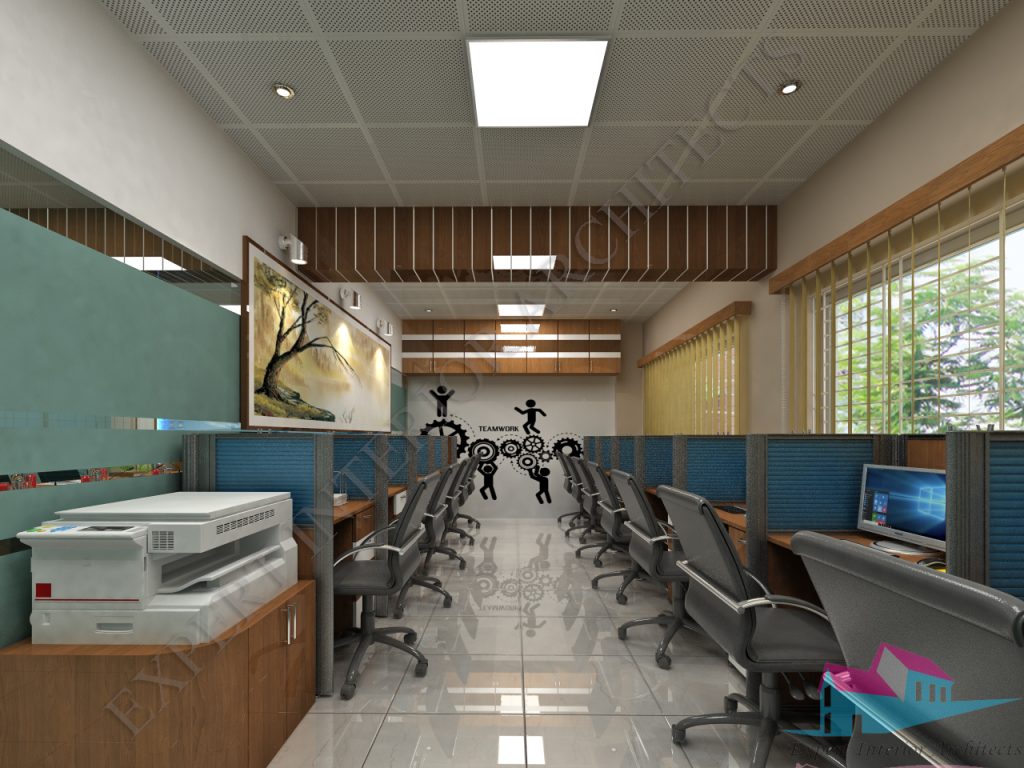
Designing The Layout Of Your Office
When designing the layout of your office, it is important to assess your team’s needs and work processes. Understanding how your team operates and what their specific requirements are will help you create a workspace that promotes productivity and efficiency.
One essential aspect to consider is balancing open spaces and private areas. Open spaces encourage collaboration and communication among team members, fostering innovation and idea sharing. On the other hand, private areas provide individuals with the quiet and focus they need for deep work and concentration.
Incorporating ergonomic furniture and equipment is another crucial factor in office design. Ergonomic chairs, adjustable standing desks, and properly positioned computer monitors can help reduce physical strain and discomfort, minimizing the risk of musculoskeletal issues and enhancing overall well-being.
By carefully considering your team’s needs, creating a balance between open and private spaces, and incorporating ergonomic elements, you can design an office layout that promotes productivity, collaboration, and employee happiness.
Maximizing Collaboration In The Office
In order to maximize collaboration in the office, it is essential to create designated collaborative spaces. These spaces should be designed to foster creativity and encourage teamwork among employees. By providing comfortable seating arrangements, access to whiteboards or projectors, and a collaborative atmosphere, employees are more likely to engage in productive discussions and brainstorming sessions. Another way to enhance collaboration is by utilizing technology. Implementing collaboration tools, such as project management software and video conferencing platforms, can facilitate effective communication and teamwork, even if employees are working remotely or in different locations. Additionally, it is important to encourage cross-functional interactions. Breaking down departmental silos and promoting collaboration between different teams allows for a diverse range of perspectives and ideas to be shared. This can lead to innovative solutions and improved productivity in the office. By following these strategies and creating an office layout that prioritizes collaboration, organizations can boost productivity and create a dynamic and engaged workforce.
Enhancing Focus And Concentration
Creating a productive office layout involves various strategies that can help enhance focus and concentration. One important aspect is designing quiet zones where employees can engage in uninterrupted work. These zones can be designated areas within the office that are specifically designed to minimize noise and distractions. This can be achieved by incorporating sound-absorbing materials such as acoustic panels, carpets, or curtains. Additionally, implementing policies that encourage quiet and respectful behavior in these areas can contribute to a more focused work environment.
Another way to enhance focus and concentration is by managing noise levels and distractions throughout the office. This can be achieved by positioning noisy equipment or departments away from areas that require concentration, utilizing noise-cancelling headphones, or establishing specific times for collaboration and brainstorming. By providing employees with a quiet and peaceful environment, it becomes easier for them to maintain mental clarity and focus on their tasks at hand.
Incorporating elements that promote mental clarity and focus can also contribute to a more productive office layout. This can include natural elements such as plants, as they have been found to improve concentration and reduce stress levels. Offering ample natural light and creating comfortable workstations with ergonomic furniture are also important factors to consider.
Creating A Comfortable And Inviting Office Environment
When designing an office layout for productivity, it is crucial to consider several factors that can contribute to a comfortable and inviting environment for employees. One important aspect to focus on is the lighting within the office space. A well-lit workspace can improve overall mood and attentiveness, so opting for natural light sources and incorporating adjustable lighting fixtures can be beneficial.
Temperature control is another significant factor that shouldn’t be overlooked. Maintaining an optimal temperature is crucial as it can affect concentration and focus. Providing employees with the ability to adjust the temperature in their personal workspaces can help create a comfortable atmosphere.
Air quality is equally important in creating an inviting office environment. Ensuring proper ventilation and filtration systems can improve air quality by reducing allergens and pollutants, leading to better employee health and well-being.
Biophilic design elements, such as incorporating plants and natural materials, can have a positive impact on employee well-being. Connection to nature has been shown to reduce stress levels and increase creativity and productivity.
Personalizing workspaces is another effective way to enhance employee satisfaction. Allowing employees to decorate and organize their own workspaces can increase a sense of ownership and pride, leading to a greater overall sense of comfort and motivation.
Implementing Flexibility In Office Layout
Implementing flexibility in office layout is essential for promoting productivity and employee satisfaction.
One way to achieve this is by incorporating adjustable furniture and adaptable spaces. This allows employees to customize their work areas based on their needs and preferences. Adjustable desks, chairs, and monitor stands can support proper ergonomics, reducing the risk of discomfort and musculoskeletal issues. Adaptable spaces, such as modular meeting rooms and flexible collaboration areas, provide versatility for different types of work and team sizes.
Embracing a hybrid workspace is another effective approach. This accommodates both remote and in-office employees, offering the freedom to work from anywhere. Providing the necessary technology and communication tools ensures seamless collaboration and connectivity across teams.
Moreover, allowing for customization and personalization of work areas can boost employee morale and productivity. Allowing employees to bring in personal items, décor, and accessories can create a sense of ownership and comfort in their workspace.
The Role Of Technology In Office Layout
The role of technology in office layout cannot be underestimated. Utilizing smart office solutions is crucial for efficient operations. By integrating digital tools and software, organizations can streamline workflows and eliminate manual processes. This not only saves time but also reduces the chances of errors and improves overall productivity.
Technology-driven amenities are also essential for enhancing productivity in the workplace. With features like automated temperature control, smart lighting systems, and occupancy sensors, employees can focus better and perform their tasks more efficiently. Digital collaboration tools and communication platforms also enable seamless teamwork and remote work capabilities, allowing employees to collaborate effectively regardless of their physical location.
Measuring And Evaluating Office Layout Effectiveness
Effective office layout is crucial for promoting productivity and efficiency among employees. Measuring and evaluating office layout effectiveness ensures that the workspace is optimized for maximum output. Collecting feedback from employees is a valuable method to gauge the current office layout’s strengths and weaknesses. Employee input helps identify pain points and areas that need improvement. Conducting productivity assessments both before and after implementing changes provides tangible data on the impact of alterations to the office layout. By comparing results and analyzing trends, organizations can identify the most effective solutions to enhance productivity. Continuous improvement and adaptation based on feedback and data promote a workspace that aligns with the needs and preferences of employees. Prioritizing employee well-being and comfort through an optimal office layout can positively impact productivity levels.
Unlocking Your Team’s Full Potential
Regularly reviewing and adjusting the office layout is crucial to nurturing a culture of productivity and collaboration. As the needs and dynamics of teams change, it is essential to create an environment that enables employees to perform at their best. By encouraging empowerment and ownership of workspace, employees are more likely to feel comfortable and motivated. This can be achieved by providing flexible workstations, allowing personalization, and incorporating collaborative spaces. An office layout that promotes cross-functional interactions and communication can lead to improved morale, creativity, and innovation. Furthermore, optimizing natural lighting, incorporating ergonomic furniture, and providing quiet areas for focused work can enhance employee well-being and productivity. By continuously reassessing and adapting the office layout, companies can unlock their team’s full potential and create a thriving work environment.
Frequently Asked Questions For Office Layout For Productivity
How Does Office Layout Impact Productivity?
Office layout plays a crucial role in productivity. A well-designed layout can encourage collaboration, communication, and creativity among employees, leading to increased productivity. Open spaces, ergonomic furniture, and designated areas for different tasks can enhance focus and efficiency.
What Are Some Popular Office Layout Designs?
Popular office layout designs include open plan, cubicles, flexible, and hybrid layouts. Open plan layouts promote collaboration and communication, while cubicles offer privacy. Flexible layouts allow employees to choose where and how they work, and hybrid layouts combine different elements to cater to various work styles.
How Can I Improve The Layout Of My Office For Better Productivity?
To improve your office layout for better productivity, consider factors like natural light, noise control, ergonomic furniture, flexible spaces, and designated areas for different activities. Creating comfortable break areas, optimizing storage, and incorporating plants can also contribute to a more productive work environment.
Conclusion
Creating an office layout that promotes productivity is crucial for the success of any organization. By considering factors such as natural light, ergonomic furniture, and open spaces, employees can be motivated to perform at their best. A well-designed office can foster collaboration, creativity, and a positive work environment.
Remember, a productive workplace begins with a well-planned layout. Take the time to evaluate your current office setup and make any necessary changes to enhance productivity and employee satisfaction.
